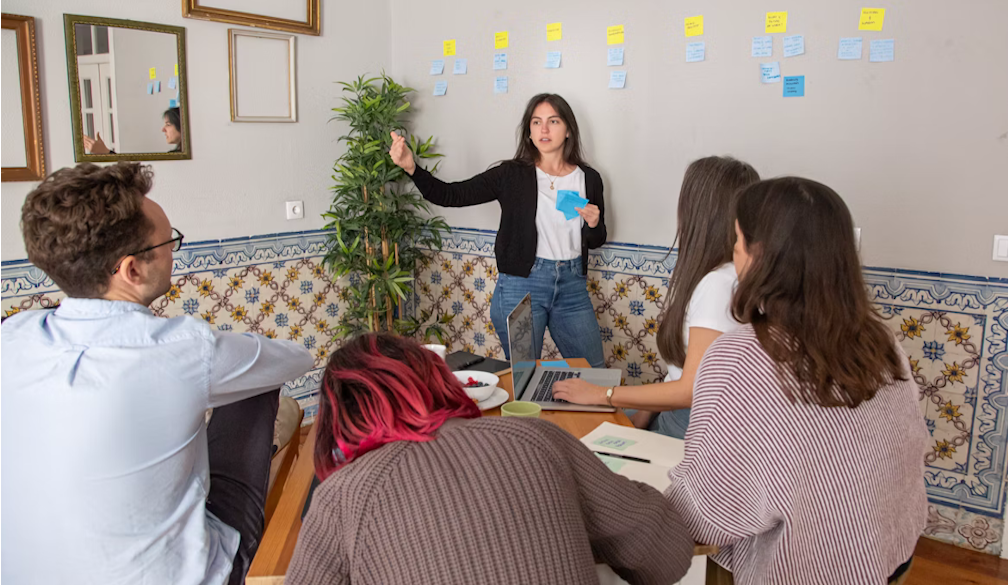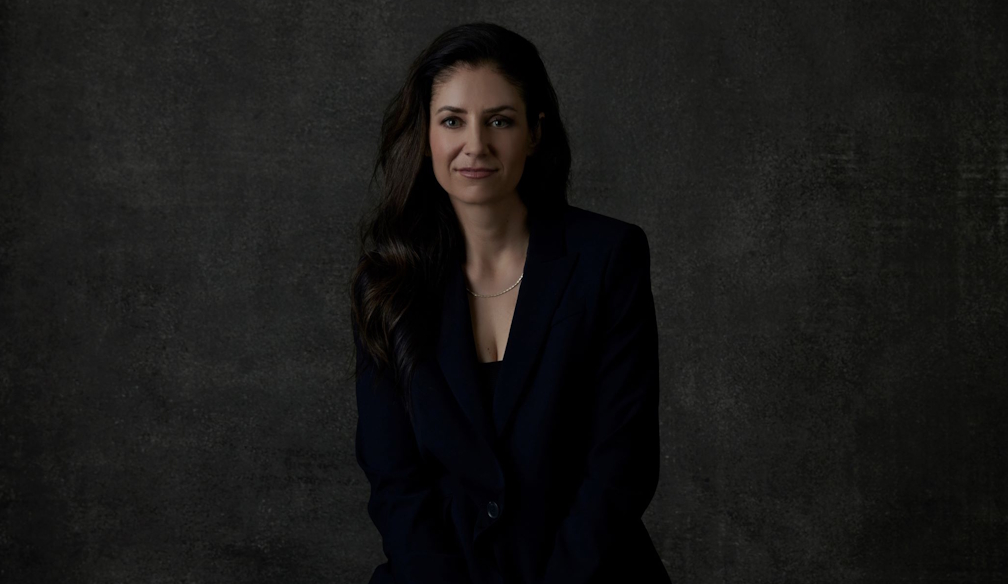How VR is Transforming Workplace Harassment Training Across Australia

In recent years, the Australian workplace has undergone a significant cultural shift. Businesses are taking stronger action to create safe, inclusive environments — and technology is playing a crucial role. One standout innovation? Virtual Reality (VR) training programs that put employees into immersive, scenario-based learning environments.
Companies like Start Beyond are leading the charge with platforms like workplace harassment training online, which provide realistic simulations to improve staff confidence and empathy.
Unlike traditional PowerPoint training or classroom sessions, VR can deliver unforgettable experiences that stick — something that's vital when dealing with sensitive topics.
Take, for example, an HR department trying to educate staff about microaggressions or inappropriate behaviour in customer-facing roles. With VR, employees can engage in lifelike roleplay, respond to different outcomes, and build skills in a controlled, judgment-free space.
This style of training has also proven effective for workplace health and safety compliance.
By offering simulations of emergency procedures, proper PPE protocols, or even client de-escalation, companies can improve both awareness and response times.
And here’s the kicker — it’s not just big corporates jumping on the VR bandwagon. SMEs across Sydney, Brisbane, and Melbourne are realising that interactive training doesn’t have to break the bank. With scalable solutions like MinacaVR, training can be delivered remotely, affordably, and on-demand.
So what’s next? As compliance requirements grow tighter and employees demand more engaging onboarding experiences, expect VR to become a standard across industries. From construction to aged care, and retail to finance, the immersive approach is here to stay.
If you’re still relying on outdated methods, it might be time to explore what immersive learning can offer. Because when it comes to building safer, smarter workplaces — seeing is believing.









